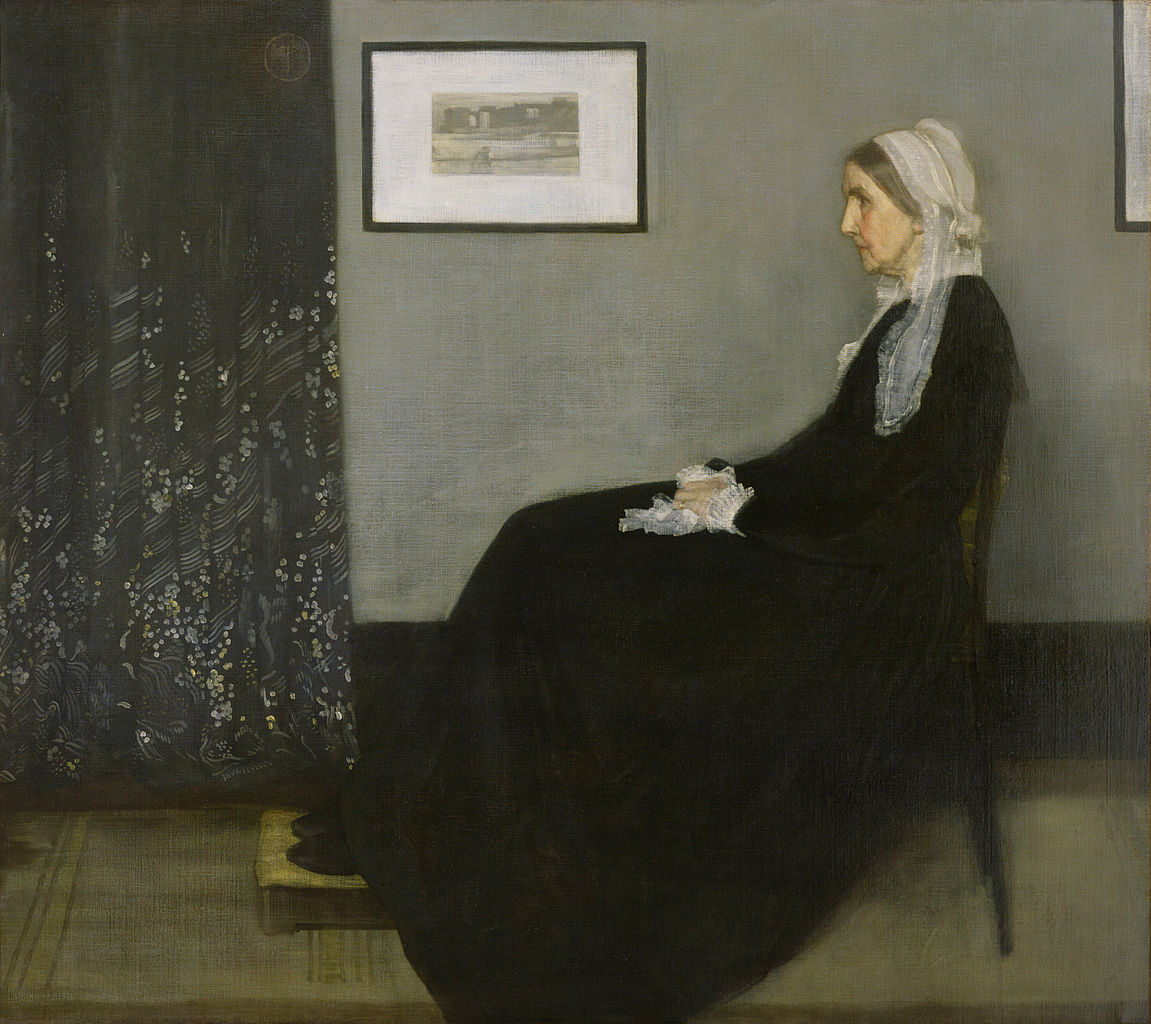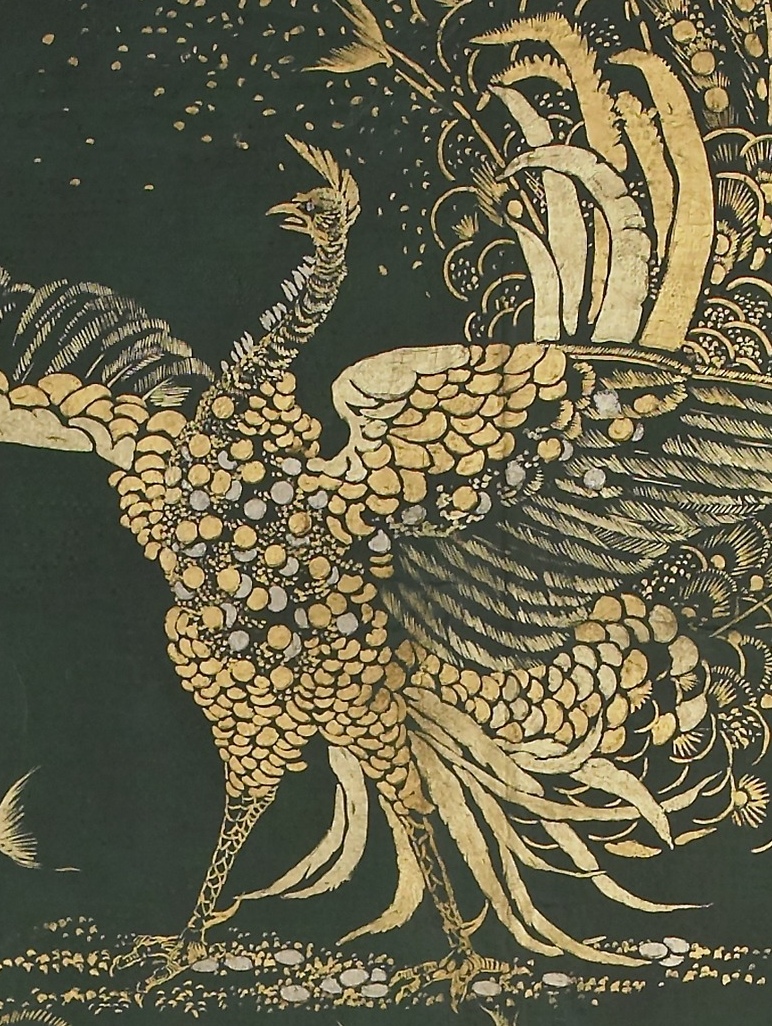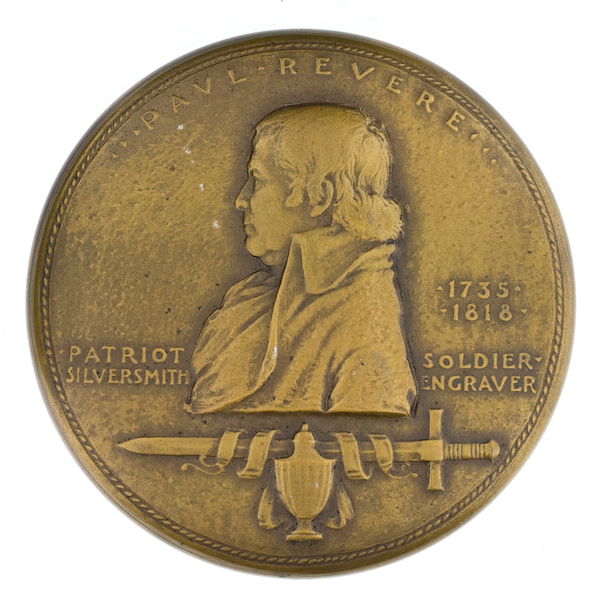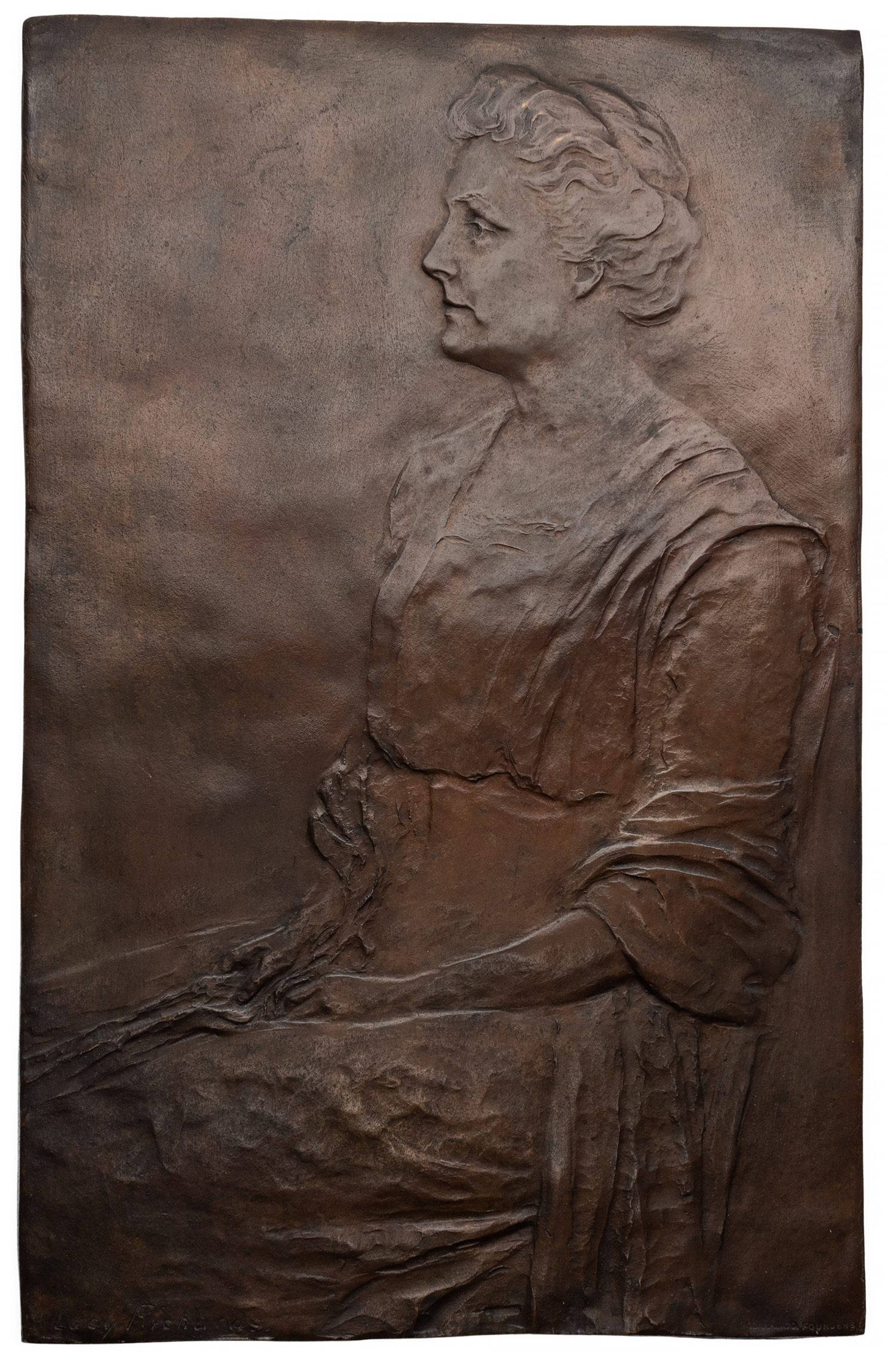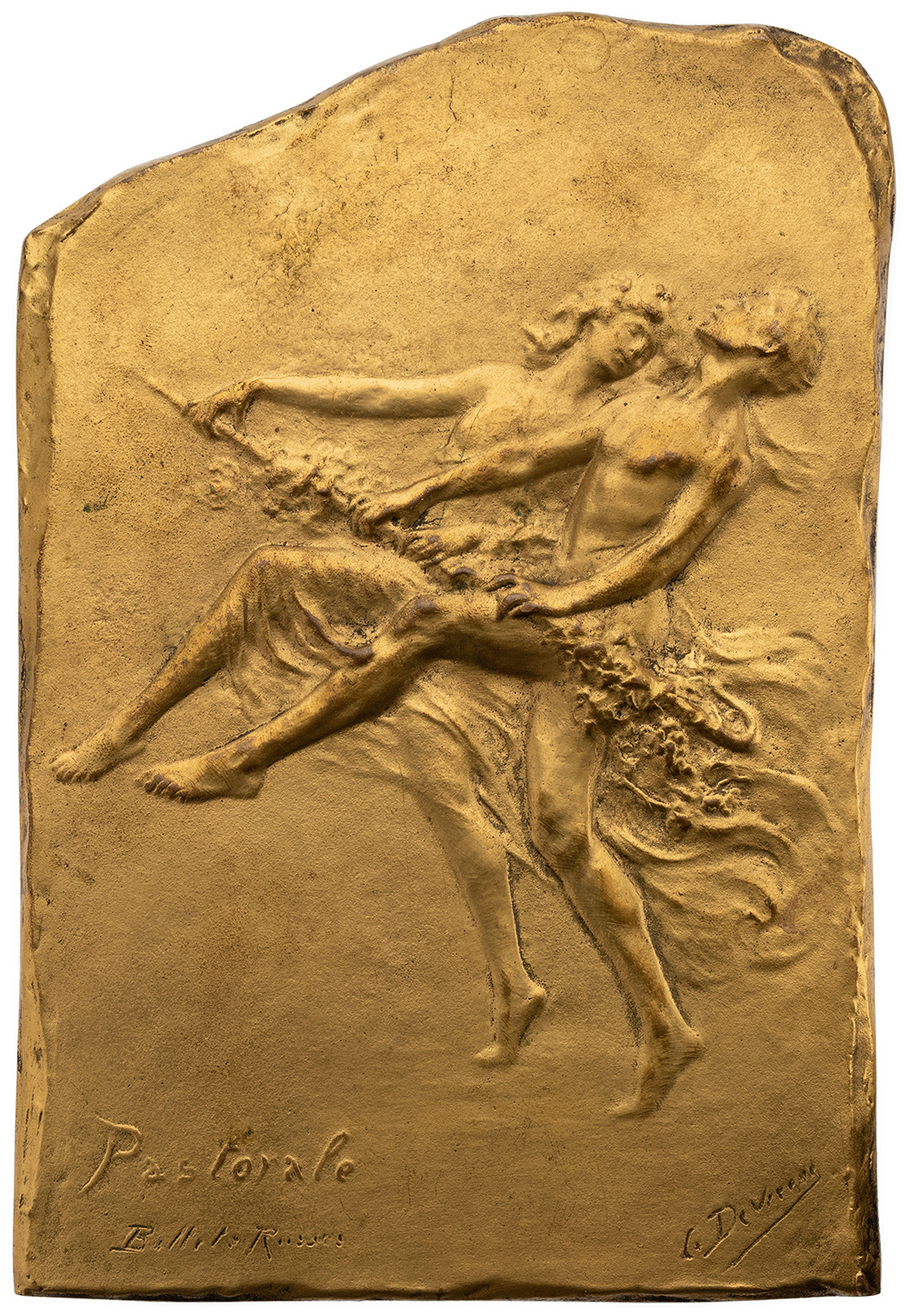Whistler's Peacocks
Whistler’s Mother. There are few works like it, artist and subject fixed in the public’s mind through repetition in the popular culture: advertisements, cartoons, dorm room posters. Think Da Vinci’s Mona Lisa, Van Gogh’s Starry Night, and Michelangelo’s David. Dali’s melting watches and Warhol’s soup cans. I think it is safe to say, though, that the general public probably knows very little about Whistler compared to these other artists. How many could even come up with his first name? (James, though his bohemian friends in the Latin Quarter called him Jimmy!). While his most famous painting may be stark and somber, Whistler’s life had all the color, passion, and tempestuousness we expect from our artists. You could call him American, but by the age of nine he had already left the United States, going first to Russia and later to Paris and London, where he made his reputation. He returned to the United States briefly at seventeen for a failed stint at West Point. With a greater interest in drinking and carousing than studying, he accumulated demerits for lateness, card playing, wearing his hair long, and laughing at inappropriate times. This and a flunked chemistry exam led to his expulsion in 1854, despite appeals to the academy’s superintendent, Robert E. Lee, who in the past had been willing to forgive his transgressions.
Whistler began giving his works musical titles in the 1860s. The first was Symphony in White, no. 1, a portrait of a young woman in full figure with a white dress against a white background. He also became known for his “nocturnes,” hazy meditations on nighttime scenes that had to be painted from memory in the next day’s light. The official title given to the portait that came to be known as Whistler’s Mother was Arrangement in Grey and Black, no. 1. The painting was purchased by the French state in 1891 and can now be found at the Musée d’Orsay in Paris.
I came across Victor David Brenner’s 1905 medal of Whistler while researching an article on the collector Robert Eidlitz, its original owner.
The portrait is one of Brenner’s best, nicely capturing, in the words of cataloger Glenn Smedley, “the vainglorious, belligerent egotist who bickered with critics and writers.” The legend on the reverse, “Messieurs les Ennemis!,” was fitting for an artist who called his autobiographical book The Gentle Art of Making Enemies (1904), which documented his interpersonal battles that played out in the press, including a libel suit against the critic John Ruskin.
And what about that peacock? A common enough Victorian motif, its relation to Whistler would have been instantly recognizable to anyone familiar with the goings-on in the art world at the time. It relates to a commission he received in 1876 to complete the decorative work on a dining room in shipping magnate Frederick Leyland’s London home. Whistler threw himself into the job, obliterating much of the work that had been accomplished already, replacing it with golden plumage patterns and two large gold and blue peacocks.

His patron balked at paying for the unrequested additional work, so Whistler doubled down, covering more of the work in blue paint and adding a twelve-foot allegorical mural portraying two more peacocks, one representing Leyland in full rage—his greed manifested by the coins adorning its body and at its feet—the other himself striking a dignified pose.
So how did it turn out? If you are in Washington, D.C., you can see for yourself. The Peacock Room was acquired by the Smithsonian and has been open to the public since 1923 in the Freer Gallery of Art, which is, appropriately enough, free!
For more on Whistler and the Peacock Room see Daniel E. Sutherland, Whistler: A Life for Art’s Sake (2014); Stanley Weintraub, Whistler: A Biography (1974); and Ed Rochette, “Artist’s Sarcasm Captured in ‘The Fighting Peacocks,’” Numismatic News (August 4, 1987).


